- Home /
- Gua Sha /
- Gua sha basics /
- Contents
The Science and Benefits of Guasha: A Traditional Chinese Practice for Stress Relief and Wellness
Everyone Is Watching
-
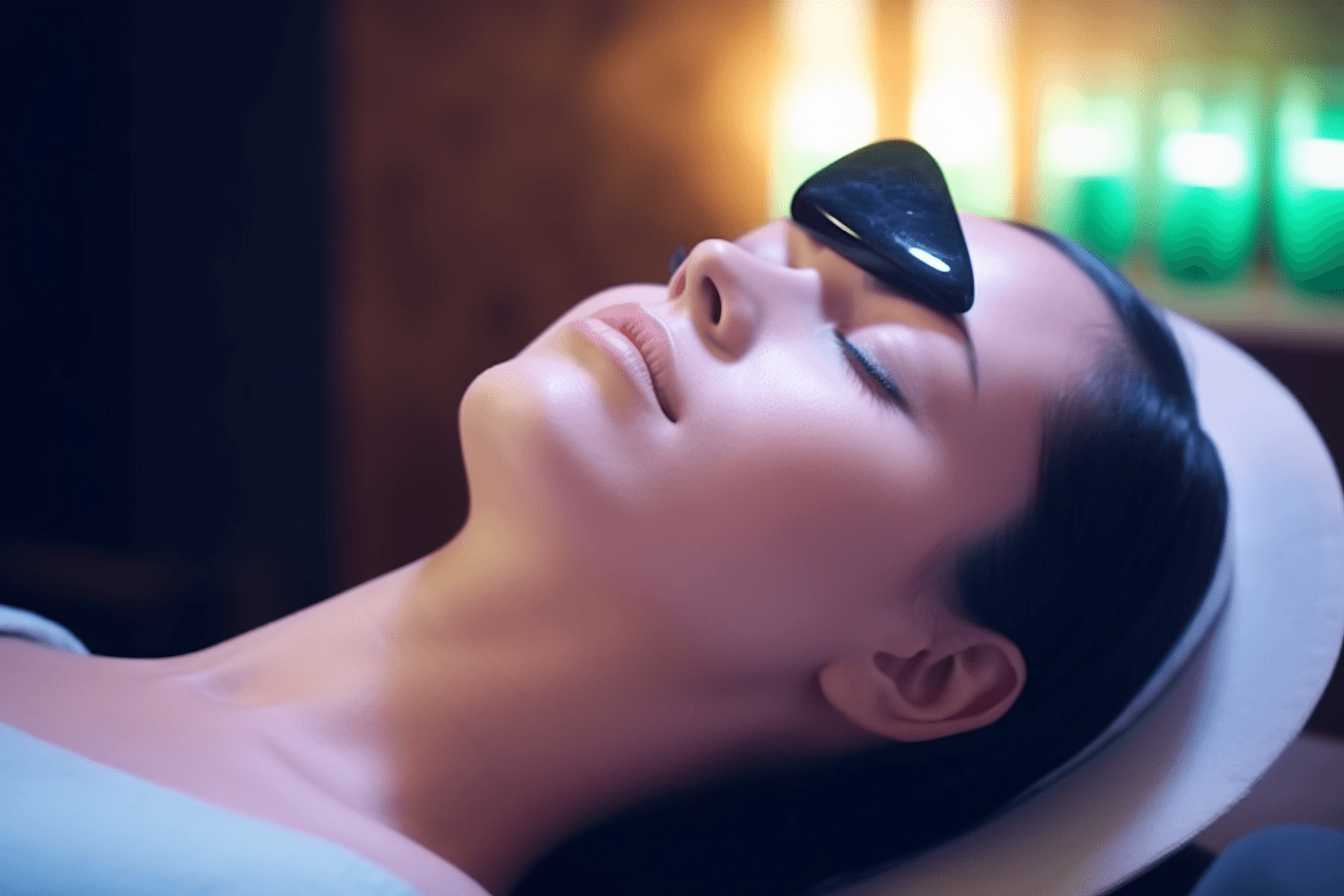 The Purpose and Benefits of Traditional Chinese Healthcare Methods: Gua Sha, Cupping, and Massage
The Purpose and Benefits of Traditional Chinese Healthcare Methods: Gua Sha, Cupping, and MassageNowadays, more and more traditional Chinese healthcare methods are gaining popularity, such as gua sha, massage, cupping, acupuncture, etc. Everyone has noticed that regular massage and gua sha can he
April 9, 2024 -
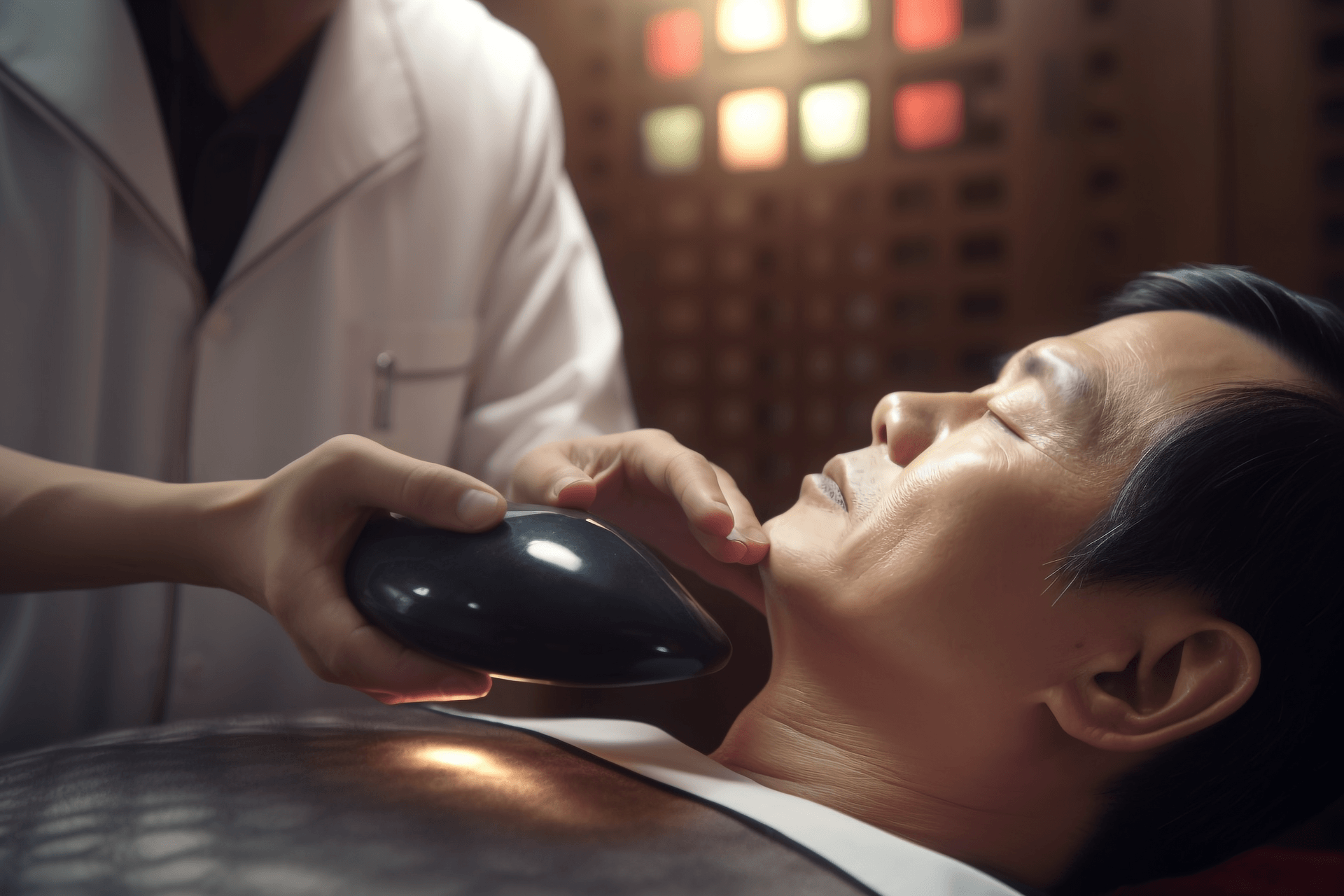 Post-Scraping Precautions: Promoting Health and Avoiding Risks
Post-Scraping Precautions: Promoting Health and Avoiding RisksPeople like to use scraping as a method of health care. In fact, scraping has many benefits. But what should we pay attention to after scraping? Today, I will talk about the precautions after scrapi
March 14, 2024

Hot Picks
-
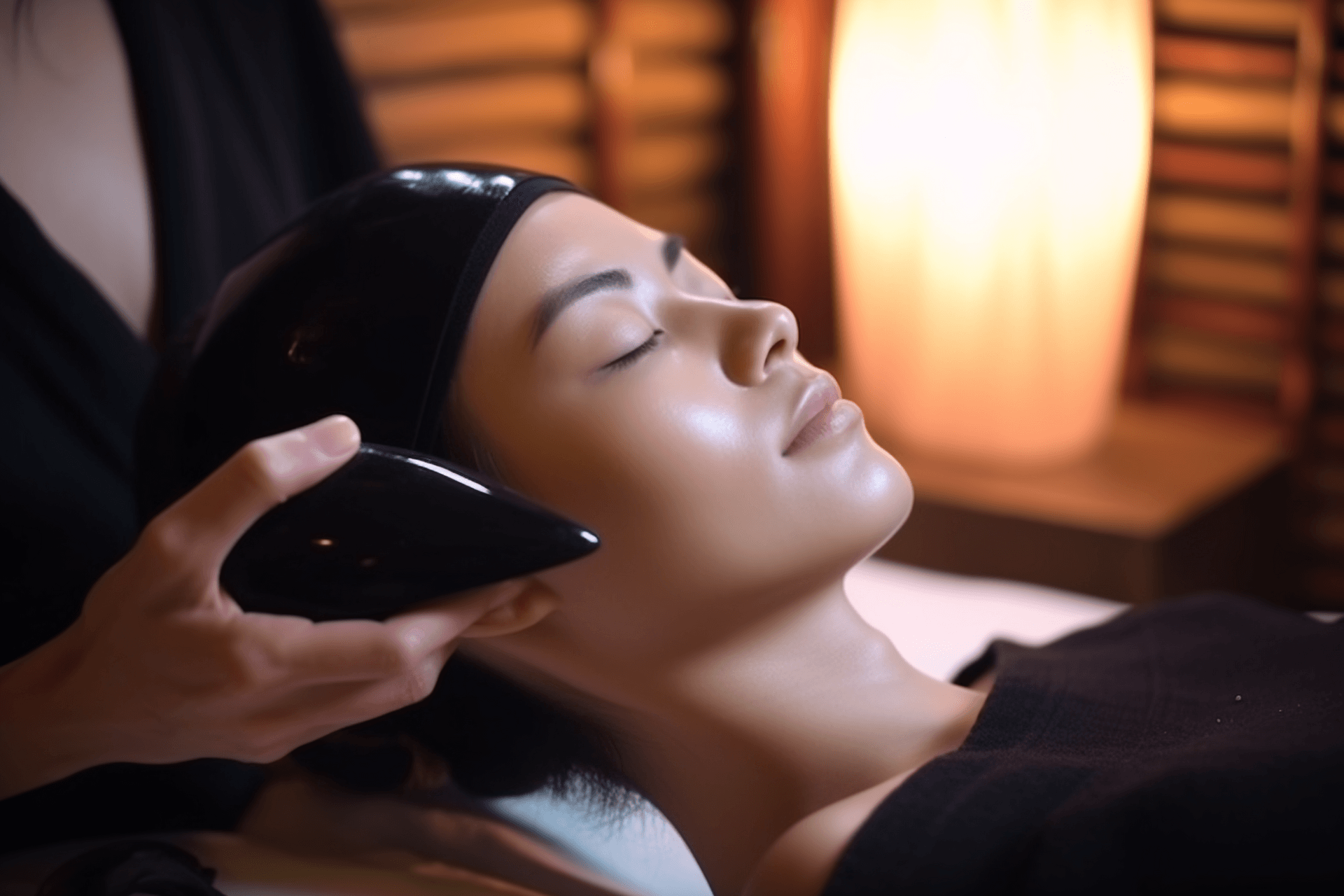 1Can Scraping Help Relieve Cervical Spondylosis? Techniques and Acupoint Selection
1Can Scraping Help Relieve Cervical Spondylosis? Techniques and Acupoint SelectionMany people have tried scraping. As long as you find a reliable Chinese medicine clinic and let professional personnel scrape, the fatigue in your body will be greatly relieved. Can scraping treat c
April 10, 2024 -
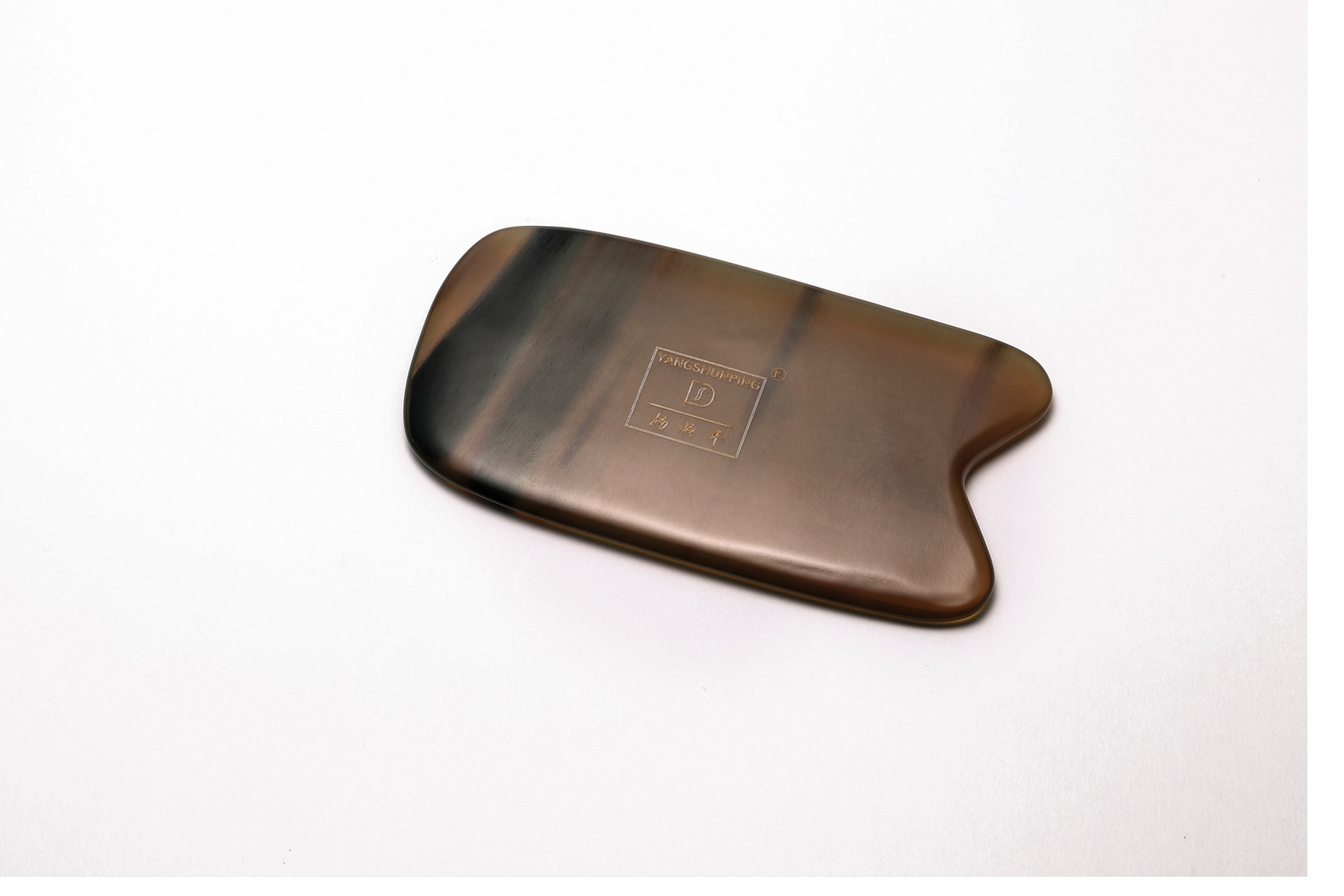 2Eliminating Dampness: Effective Methods for a Healthier Body
2Eliminating Dampness: Effective Methods for a Healthier BodyIn daily life, people often experience physical discomfort, but most people are unable to determine what illness they have, which can cause a lot of trouble. Among the many difficult-to-identify sym
April 5, 2024 -
 3Can Scraping Help Treat Premature Ejaculation?
3Can Scraping Help Treat Premature Ejaculation?Scraping, we should be familiar with this traditional Chinese medicine health care method. It is also a common form of traditional Chinese medical treatment. Scraping can prevent and treat various d
March 19, 2024 -
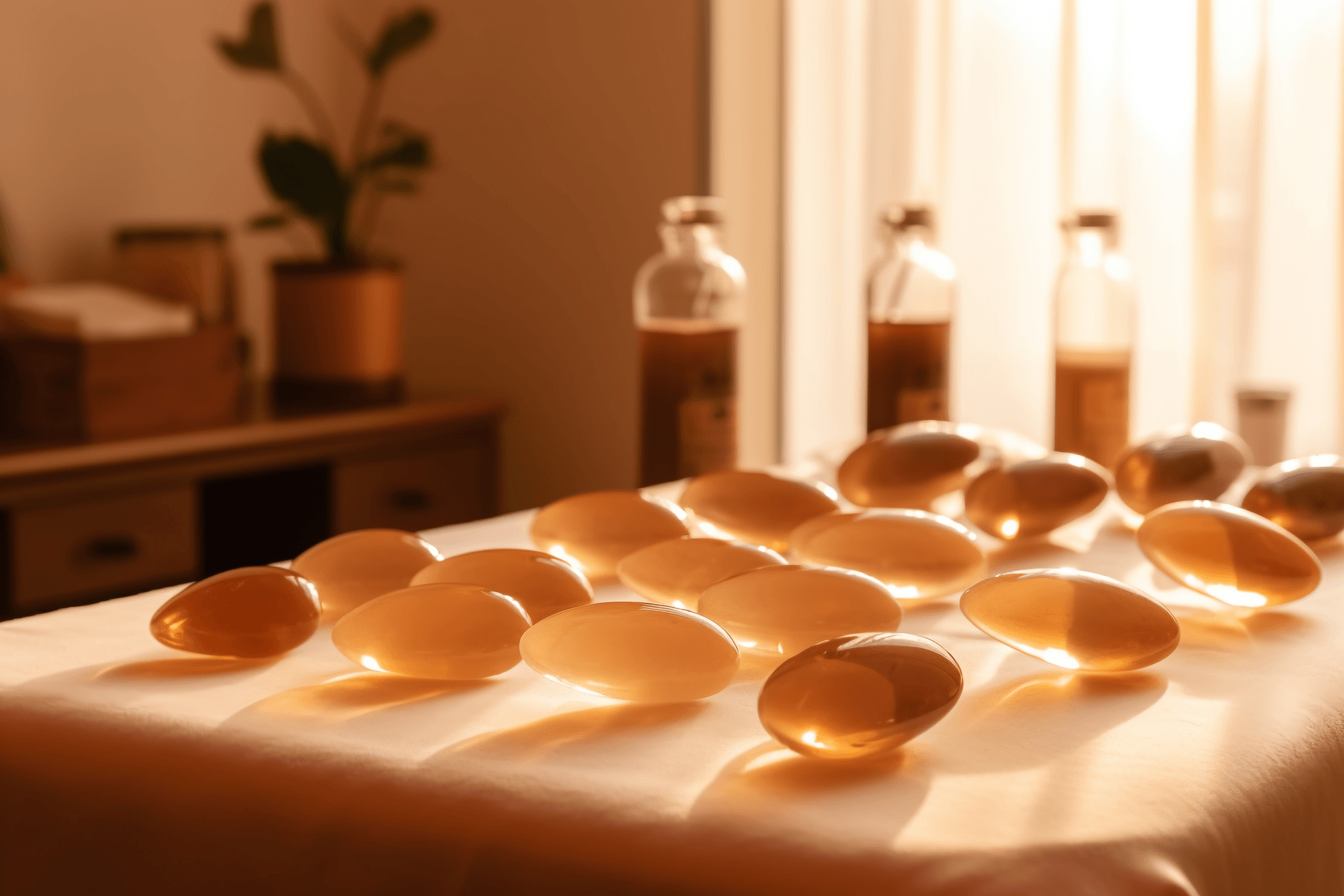 4Scraping: An Effective Method for Alleviating Internal Discomfort and Promoting Health
4Scraping: An Effective Method for Alleviating Internal Discomfort and Promoting HealthThere are many methods nowadays that can help us alleviate internal discomfort in our bodies. We can make good use of these methods to take care of our own health. One of these methods is scraping, wh
March 17, 2024 -
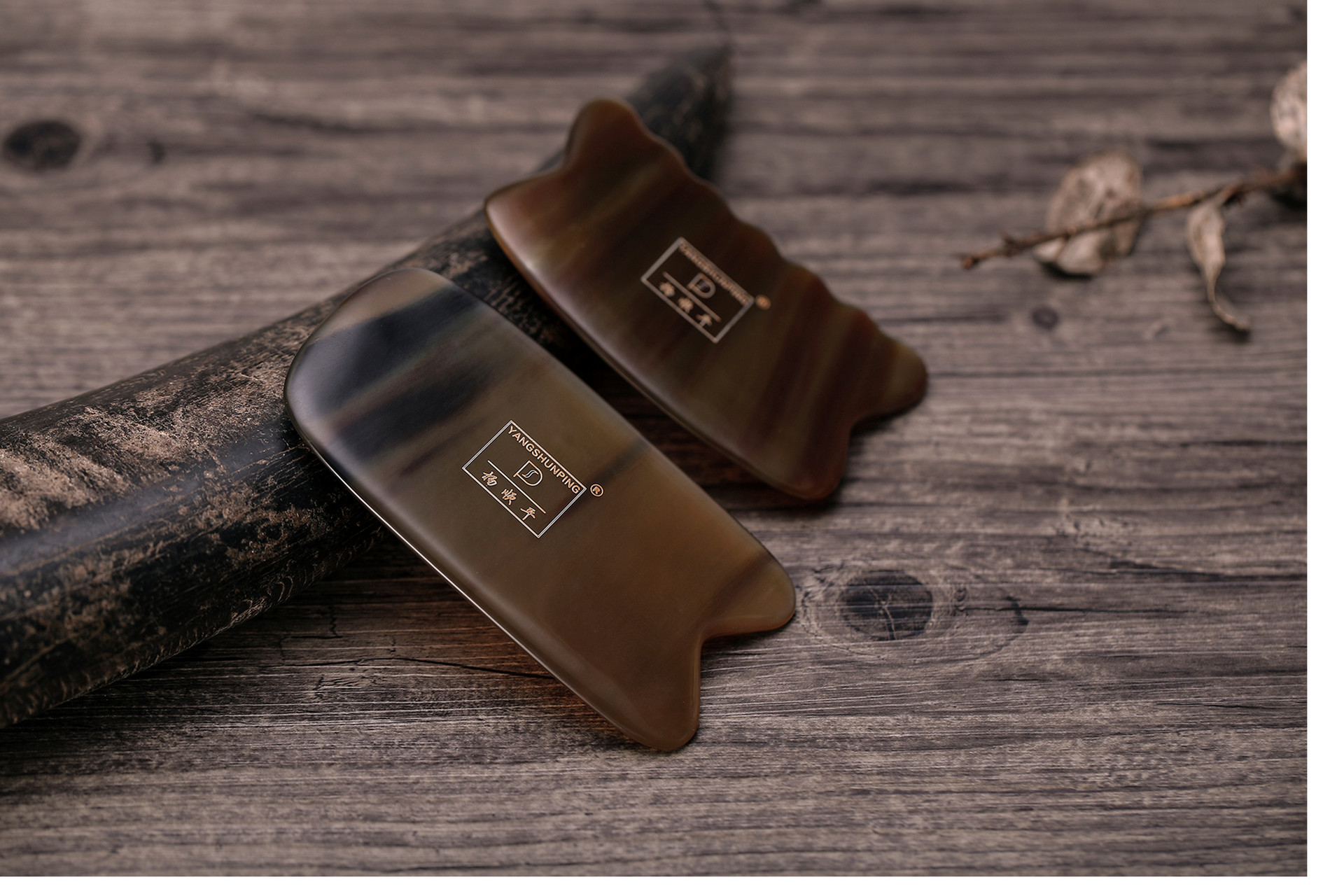 5The Benefits and Drawbacks of Scraping: A Traditional Chinese Medical Treatment
5The Benefits and Drawbacks of Scraping: A Traditional Chinese Medical TreatmentScraping is a common way for us to maintain our health in our daily lives. It is one of the common Chinese medical treatment methods, which is very effective and convenient. After scraping, we will
March 16, 2024

